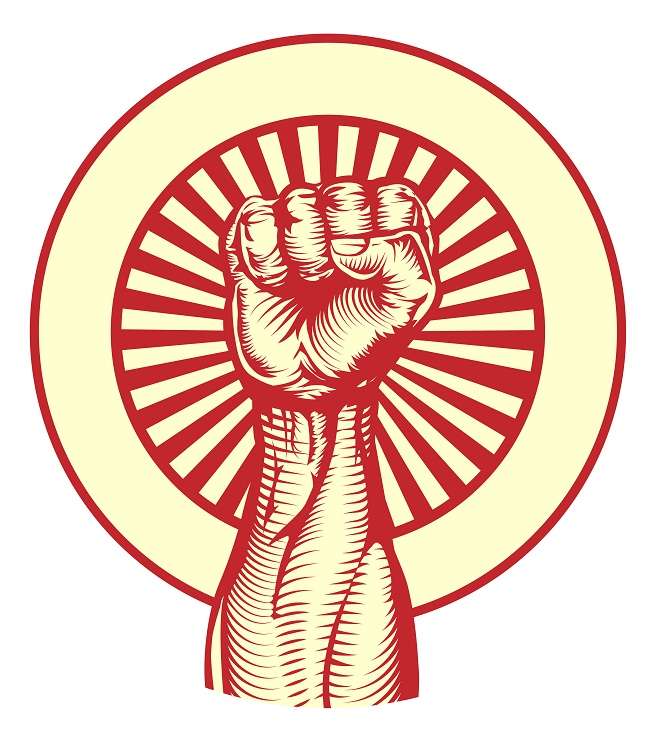Russian propaganda posters have been laconic and expressive, forming role models for soldiers and workers, exposing warmongers and calling for peace. Read our guide for facts & information on Soviet propaganda posters…
Propaganda is a mode of communicating information that influences the attitude of people and focuses on specific facts which cause the audience to respond emotionally. Americans, Nazis, Russians and several others disseminated ideologies and teachings via propaganda posters. In the Soviet Union, no propaganda was as powerful in getting across a message as the propaganda poster.
Origin of Russian propaganda posters
The earliest Russian posters were related to the First World War and the civil war between the Bolsheviks and the Tsarist government. Famous posters of that time include the one depicting a steaming train with red banners that reads “Long live the Red Army”, and another, showing soldiers atop a globe, exhorting “Proletarians of all countries, unite”. Enlistment posters provoked young men to join the army, kindling national pride.
When the communist government came to power after the Russian Revolution of 1917, propaganda posters created a revolutionary zeal, focusing on enhancement of health care and elimination of illiteracy. The Communist Party’s slogans called on workers to fight for freedom.
Power of Russian propaganda posters
During the Revolution of 1917 and Civil War, there were few newspapers, and posters replaced tabloids. Poster art coupled with powerful slogans were easy to understand for the masses, pushing them to respond swiftly. Posters were almost as powerful as artillery shells or bullets, and the bottom of each poster had a warning which stated that tearing it down or covering it up was a counter-revolutionary act. Renowned poster artists of the first revolutionary era include D.S. Moor, M.M. Cheremnykh, V.V. Mayakovsky and V.N. Deni. Artists conveyed emotions and personality via facial expressions on the poster characters, which made them even more powerful and effective. Motivational tools such as pride, patriotism, fear and duty-consciousness were used in various ways.
‘ROSTA Windows’ was a project of the Russian Telegraph Agency, wherein artists joined together and converted telegrams from soldiers of the Red Army in to posters, within hours after they were received from front lines. Vladimir Mayakovsky, a famous poet, created texts and sketches from recent telegrams, and Mikhail Cheremynkh also worked in the project actively. Dozens of posters were produced overnight and posted on storefronts and windows (indicating the project’s name) in the morning.
Propaganda posters during and after the War
During the Second World War, Soviet posters depicted Hitler as a demon and Germans as inhuman. At the close of the Second World War, peace among countries was the theme of propaganda posters. As agriculture was major part of Russian economy, the government introduced five year plans in the 1920s, encouraging farmers through posters posted on farm fields, construction sites and grain elevator towers. Starving farmers were motivated by posters like ‘Cultivate Vegetables’.
In order to encourage literacy, posters showed peasants as blind people walking off cliffs. Posters also aimed at women, to bring literacy among children. Several posters offered incentives for workers who did more than their production quotas, and consequent achievers were given celebrity status in posters.
Propaganda posters depicting Lenin and Stalin
Lenin was often depicted as a strict taskmaster, forcing Russians to triumph in the war, while Stalin was shown smiling or close with children. Stalin used propaganda posters around 1930, when he was in full control, to promote industrialization and collectivization, and millions of peasants became industrial workers.
Glavit, a Soviet censorship body was equipped with about 70,000 members to remove undesirable printed matter, ensuring that the right ideologies were put on published materials. The artistic merit of Russian propaganda posters is appreciable, and some even entered Polish, Hungarian, Romanian and Czech cities when the Russian Army broke the Nazi occupation of Europe.





